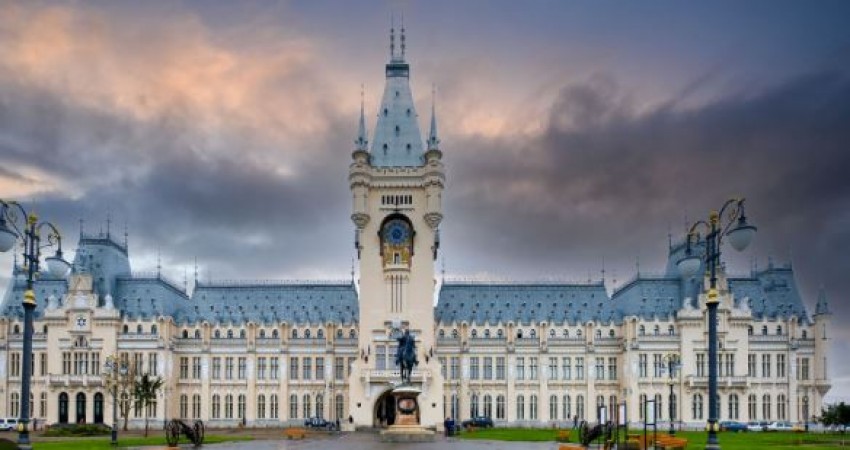
Nestled in the southeastern part of Europe, Romania is a country with a diverse and fascinating history. From its ancient roots to its present-day development, Romania has undergone a series of transformations that have shaped its culture, landscape, and identity. This article aims to provide an overview of Romania's history, natural beauty, and vibrant culture, highlighting its unique charm and appeal.
Historical Background: Romania's history dates back thousands of years, with evidence of human settlements dating to prehistoric times. Over the centuries, it has been influenced by various civilizations, including the Dacians, Romans, Byzantines, and Ottomans. In the 19th century, the Romanian principalities of Wallachia and Moldavia united, leading to the formation of modern-day Romania. The country went through a turbulent period during World War II under communist rule, but in 1989, the Romanian Revolution brought an end to the oppressive regime.
Enchanting Landscapes: Romania is renowned for its picturesque landscapes, from the majestic Carpathian Mountains to the vast Danube River and the Black Sea coastline. The Carpathians offer excellent opportunities for hiking, skiing, and exploring charming mountain villages. The legendary Transylvania region, surrounded by the Carpathians, is a place of myths and legends, most notably associated with the story of Dracula. The Danube Delta, a UNESCO World Heritage site, is a haven for wildlife enthusiasts and birdwatchers, with its unique ecosystem supporting a plethora of rare species.
ALSO READ :Volcano Manor Beckons: Unleash the Explorer Within You
Architectural Gems: Romania boasts a rich architectural heritage, blending elements from various periods and influences. The iconic Bran Castle, often linked to the Dracula legend, is a major tourist attraction. Peleș Castle, nestled in the Carpathian Mountains, is a striking example of Neo-Renaissance architecture. The painted monasteries of Bucovina are UNESCO-listed and display exquisite frescoes depicting biblical scenes and historical events. The capital city, Bucharest, is a dynamic blend of the old and the new, with its grand boulevards, Belle Époque architecture, and modern skyscrapers.
Rich Culture and Traditions: Romania's culture is a captivating blend of influences from the surrounding regions, including Central Europe, the Balkans, and the Mediterranean. Traditional Romanian music, with its haunting melodies, and intricate dances like the hora, are an integral part of the nation's identity. Romanian cuisine is a gastronomic delight, with dishes like mămăligă (cornmeal porridge), sarmale (cabbage rolls), and mici (grilled sausages) tantalizing the taste buds. Festivals and events celebrate the country's unique customs, such as the Easter traditions and the folk festival "Mărțișor."
Contemporary Romania: In recent years, Romania has undergone significant development, particularly after its accession to the European Union in 2007. The country has embraced modernity while preserving its historical and cultural heritage. Rapid economic growth has transformed cities, improved infrastructure, and increased living standards for many citizens. Romania's IT and tech sectors have also gained prominence, contributing to the country's position in the global digital landscape.
ALSO READ: Reaching for the Sky: The Fascinating Story of Burj Khalifa
Conclusion: Romania's allure lies in its compelling history, breathtaking landscapes, and vibrant culture. With a blend of ancient traditions and modern developments, Romania is a destination that appeals to both history enthusiasts and adventurers seeking to explore its natural wonders. From the mystical charm of Transylvania to the warmth of its people, Romania leaves an indelible mark on the hearts of those who visit, making it a must-see destination in Europe.
Embracing Freedom: Unraveling the World of Digital Nomadism
Warsaw: The Resilient Heart of Poland
Discover the Enchanting Beauty of Mont Saint-Michel: A Historic Marvel on the Normandy Coast
Madrid - A Vibrant Tapestry of Culture, History, and Modernity